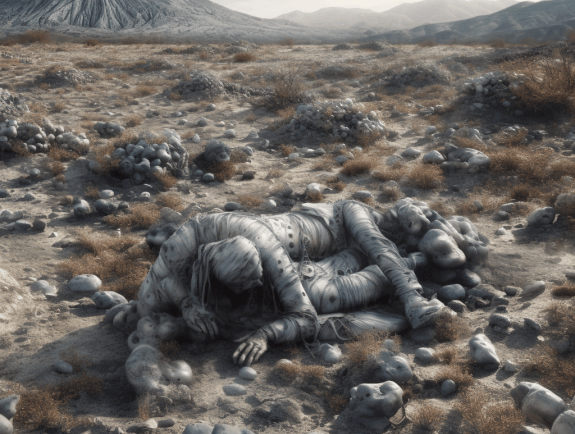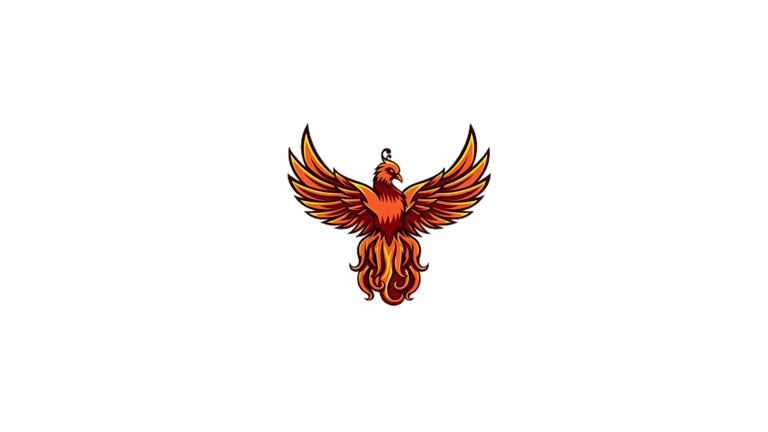The Grim History of Genocide in Warfare: Understanding the Past to Prevent Future Atrocities
The term 'genocide' is one that carries the weight of some of the darkest chapters in human history. Coined by Raphael Lemkin in 1944, it refers to the deliberate and systematic destruction of an ethnic, national, racial, or religious group. This SEO-optimized article aims to shed light on the history of genocide within the context of war, not to sensationalize it but to educate and inform, fostering an understanding that can contribute to preventing such atrocities in the future.
Faheem Hassan
11/8/20232 min read


Understanding Genocide Genocide is a specific term under international law; it is not used lightly or synonymously with other types of violence or warfare. The United Nations Genocide Convention defines it as acts committed with the intent to destroy, in whole or in part, a national, ethnic, racial, or religious group. It's a crime that has surfaced in numerous forms and instances throughout history, and its recognition is vital for legal and moral accountability.
Historical Instances of Genocide The history of genocide is not confined to any one period or place. It has been a method of warfare used by empires, nations, and factions to eliminate perceived threats or enemies, often justified by twisted ideologies. Some historical instances include:
The Armenian Genocide during World War I, where an estimated 1.5 million Armenians were systematically exterminated by the Ottoman Empire.
The Holocaust in World War II, the genocide of six million Jews, along with millions of others, including Poles, Romani people, and Soviet prisoners of war, by Nazi Germany.
More recent examples include the Bosnian Genocide in the 1990s, the Rwandan Genocide in 1994, and the ongoing crisis in the Darfur region of Sudan.
Mechanisms of Genocide in Warfare Genocide during war is often facilitated by the chaos and lawlessness that conflict brings. It can involve mass killings, forced deportations, starvation tactics, and biological warfare. Propaganda is frequently used to dehumanize the targeted group, making the acts more palatable to the perpetrators and passive bystanders.
The Role of the International Community The international community, through bodies like the United Nations and the International Criminal Court, has taken steps to prevent genocide and punish those responsible. The Genocide Convention, the establishment of international tribunals, and the doctrine of the Responsibility to Protect (R2P) are examples of efforts to provide a framework for intervention when genocide is threatened or occurring.
Preventing Future Genocides Education about the history of genocide and its consequences is a powerful tool in prevention. Furthermore, recognizing the warning signs of potential genocide, such as hate speech, segregation, and arms build-up, is crucial. International solidarity and timely intervention can play significant roles in prevention and mitigation.
Conclusion The history of genocide as a method in warfare is a stark reminder of humanity’s capacity for inhumanity. By understanding the past, we can be vigilant in recognizing the signs and proactive in preventing future atrocities. The importance of international law, diplomacy, and education cannot be overstated in the global community's commitment to saying "never again" with conviction.
